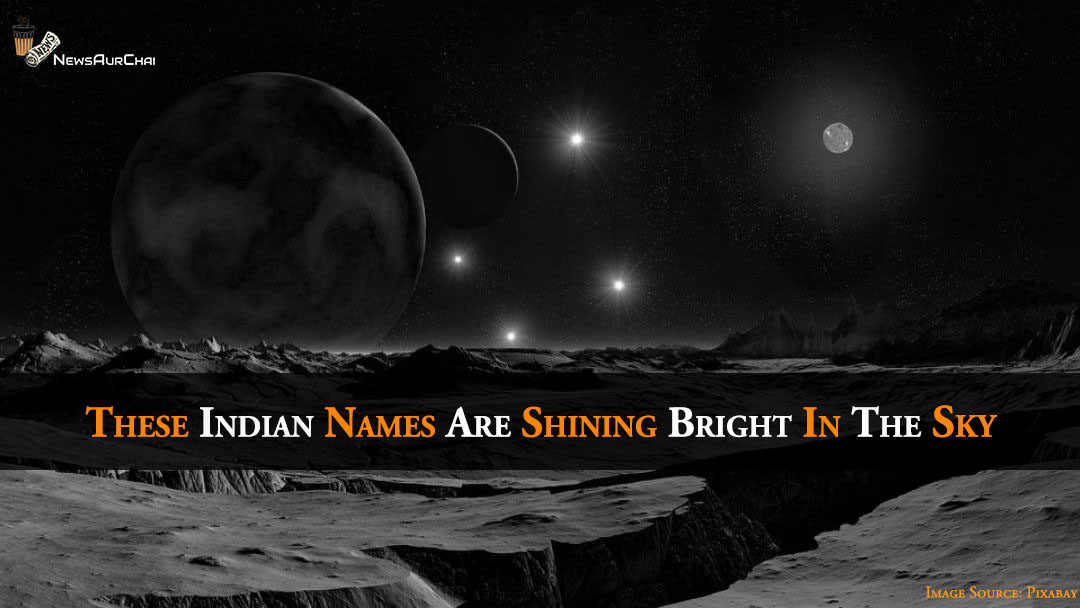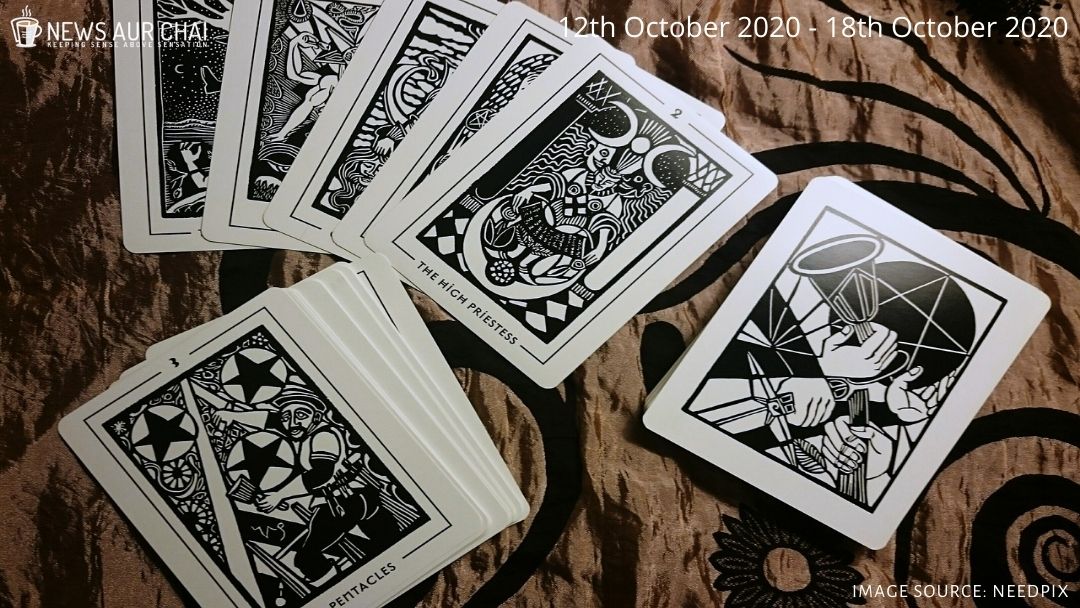These Indian Names Are Shining Bright In The Sky

What will be your reaction when you get to know that a star has an Indian name? Yes if your excitement is very high after reading this then be ready level up your enthusiasm as the white-yellow star in Sextans constellation will be named ‘Bibhā’ a pioneering Indian woman scientist, and the planet will be acknowledged as ‘Santamasa’ which means ‘clouded’ in Sanskrit.
A white-yellow star in Sextans constellation with its Jupiter-like exoplanets, which were hitherto named HD 86081 and 86081b, will now be known with Indian names. The International Astronomical Union (IAU) announced on December 17. The star has been named to honour the pioneering Indian woman scientist Bibha Choudhury, who discovered subatomic particle, pi-meson. ‘Bibhā’ also implies “a bright beam of light” in the Bengali language– while the planet has been named S’antamasa’ to relate with the cloudy nature of the planet’s atmosphere.
The IAU chose the name at a global contest named ‘NameExoWorlds’, which was arranged as part of Centenary celebration. The agency turned 100 on July 28 and had invited every country in the world to give a name to a selected pair of exoplanet and its host star. India was allotted HD 86081 and its exoplanet HD 86081b.
The contest began on July 10, 2019, and in mid of August, a total of 1,717 youngsters had proposed names, and a committee of experts shortlisted ten names for public voting. The final entry was selected after the vote by 5,587 people.
‘Bibhā’ the star name was suggested by Ananyo Bhattacharya, a 22-year-old student of Sardar Vallabhbhai National Institute of Technology at Surat, while 13-year-old Vidyasagar Daud of Singhad Spring Dale Public School, Pune, proposed ‘Santamasa’ for the planet.
Some of the other names approved by the IAU for other stars and planets from other nations include the names of mythological dogs, Bran, Tuiren, from the Irish fable for a host star and its exoplanet located in the constellation of Canes Venatici (the Hunting Dogs)–Wadirum and Petra, names of old cities of Jordon for a star and its exoplanet in the constellation of Aquila– Baiduri and Intan, names of gemstones in Malay language for a pair in the constellation of Fornax (the Furnace)– Nakambé and Mouhoun, the two famous rivers of Burkina Faso for a star and exoplanet in constellation of Eridanus (The River).
Once a star and some of its characteristics are found, they are listed in a catalogue such as Henry Draper Catalogue (HD) and allotted telephone-number-like designations. Eric Mamajek, the co-chair of the NameExoWorlds Steering Committee of IAU, stated that there had been a growing interest among astronomers and the general public to also assigning proper names, as is done for Solar System bodies.
At a conference in Paris, Project Manager, Eduardo Monfardini Penteado, stated that the IAU 100 NameExoWorlds campaign gave the public with the exciting opening to help with the naming of over 100 new worlds and their stars.
Somak Raychaudhury, Inter-University Centre for Astronomy and Astrophysics Director and member of the national committee of IAU, stated, “I am delighted that we can recognise contributions of Dr Bibha Choudhury by naming a unique cosmic body after her.” HD 86081 would have continued nondescript and unnamed but for the discovery of a planet moving around that star in 2006. Observing the minute wobble of the star as the unseen planet tugged it as it orbited around it, a Californian astronomer, John Asher Johnson and his colleagues reasoned that there was a star with an exoplanet orbiting it.
More than 110 countries participated in the naming campaign, and over 7,80,000 people participated all over the world to propose and select names for each exoplanet and its host star.
The campaign in India was coordinated by the Public Outreach and Education Committee of the Astronomical Society of India (ASI). ASI president G.C. Anupama said that ASI is delighted that IAU has accepted the names proposed from India.
The Sun, which currently in its middle age, is five billion years old, while ‘Bibhā’ the newly named star is an ageing star, 6.210 billion years old. ‘Santamasa’, which is its only planet, is estimated to have a mass of 1.5 times that of planet Jupiter, going around the central star in a nearly circular orbit in 2.1375 days.





